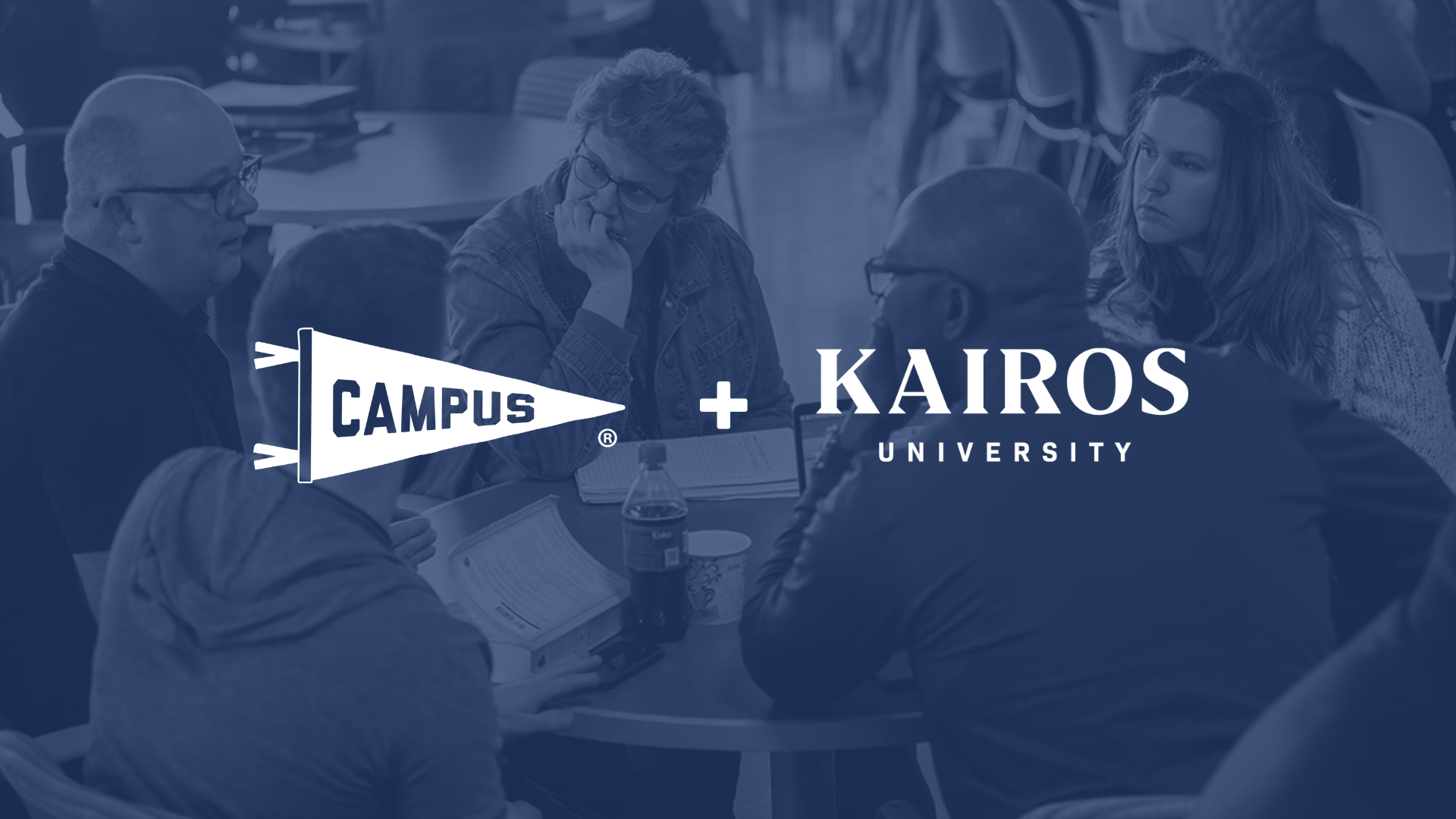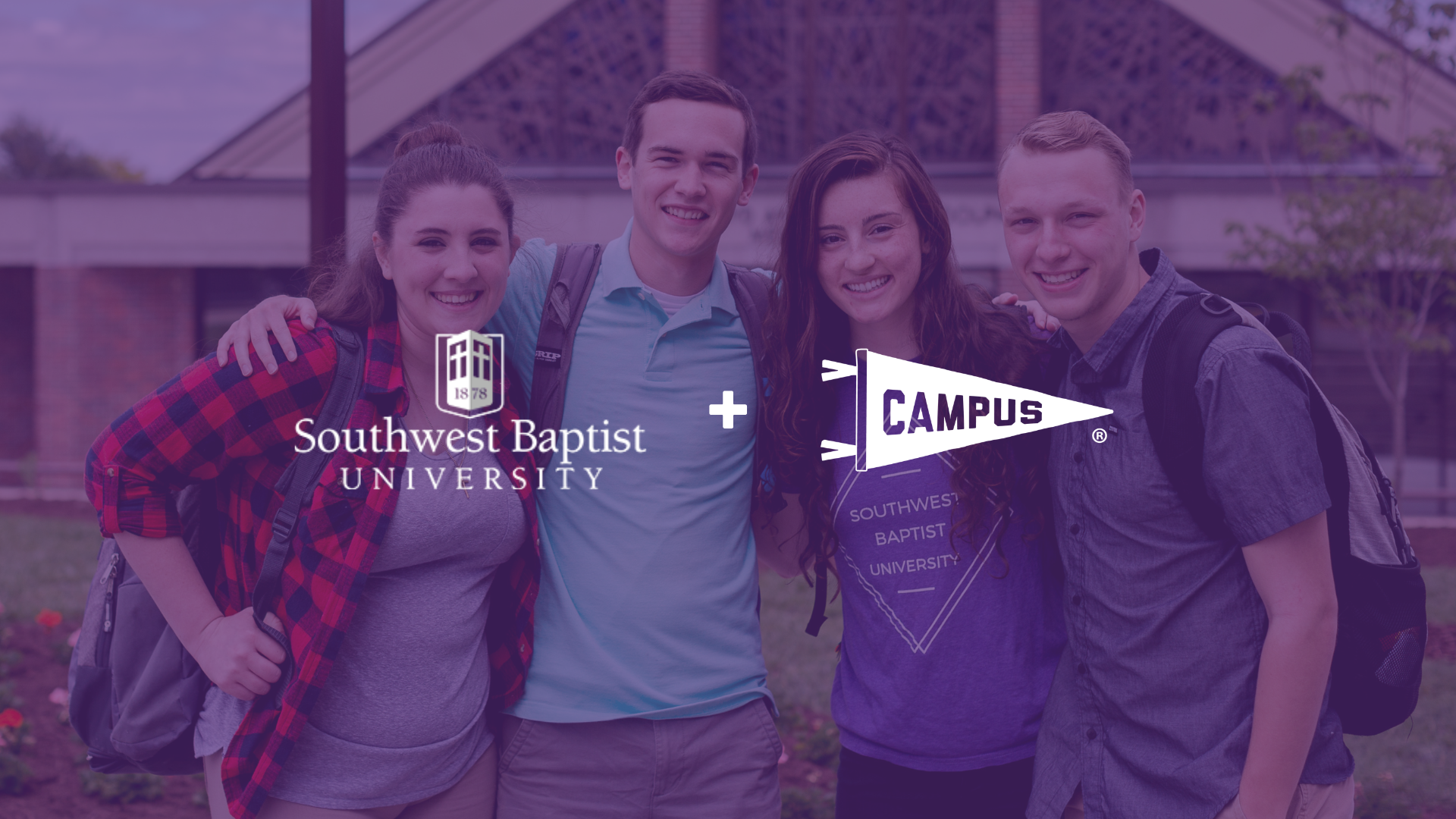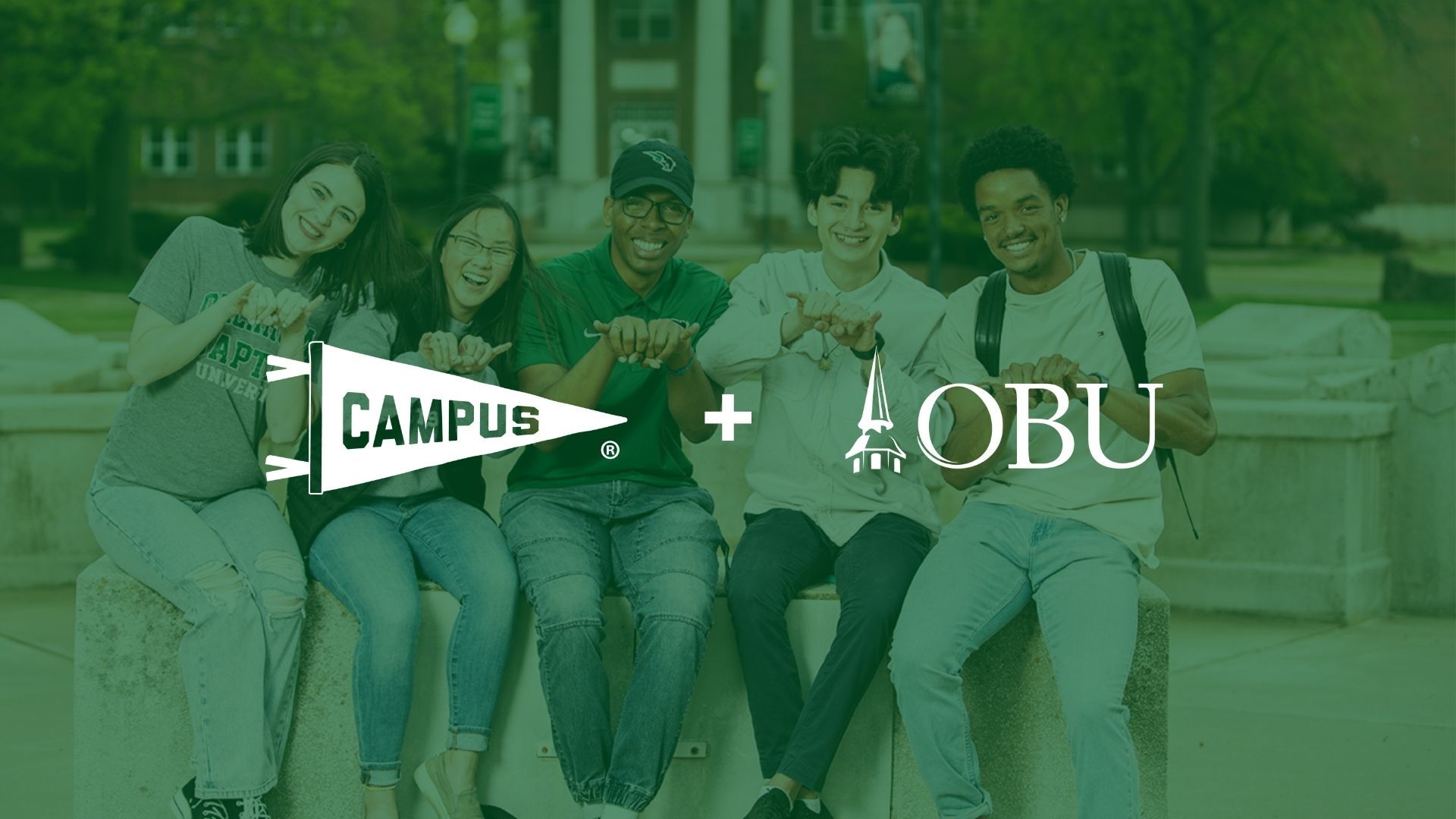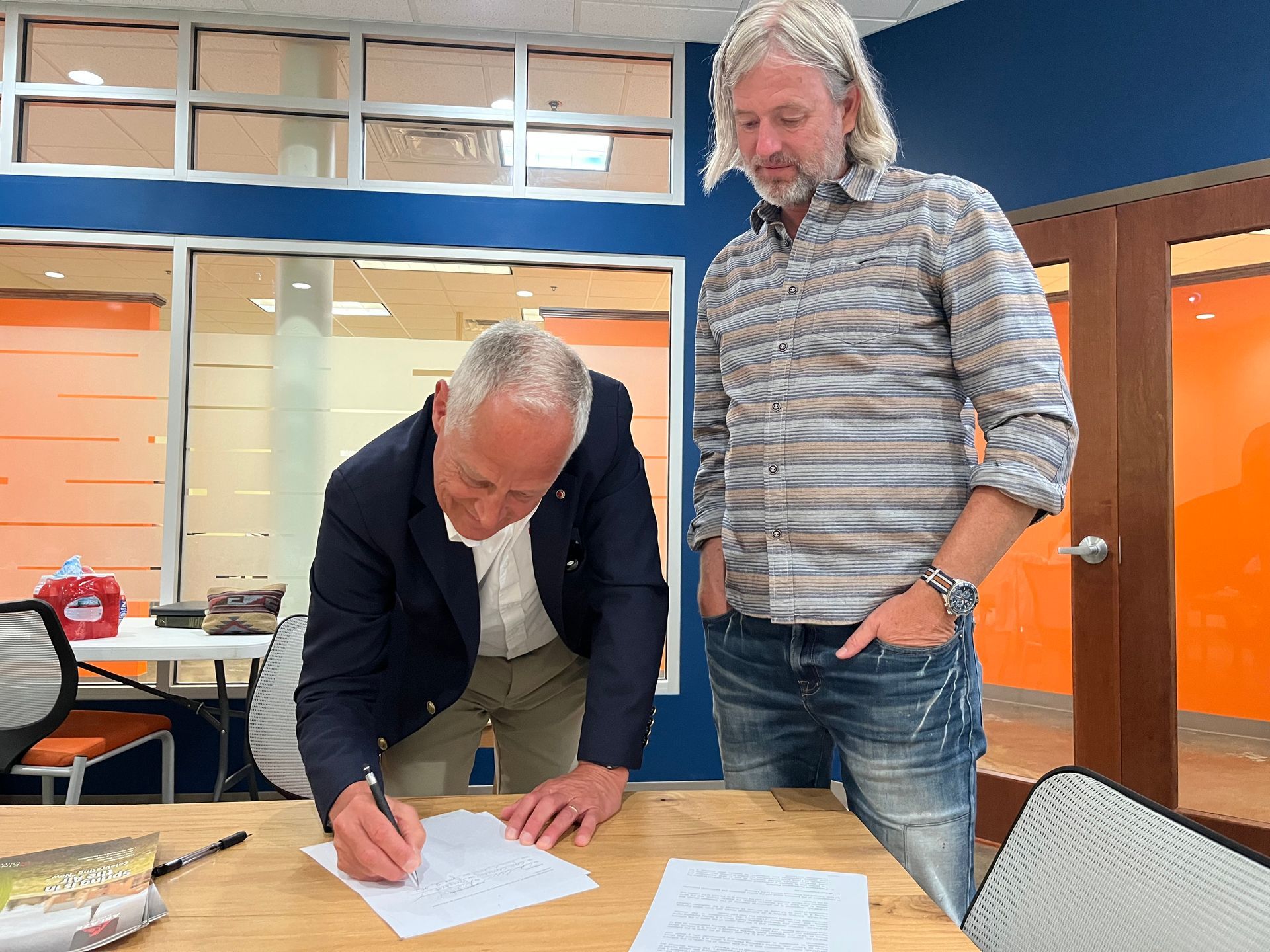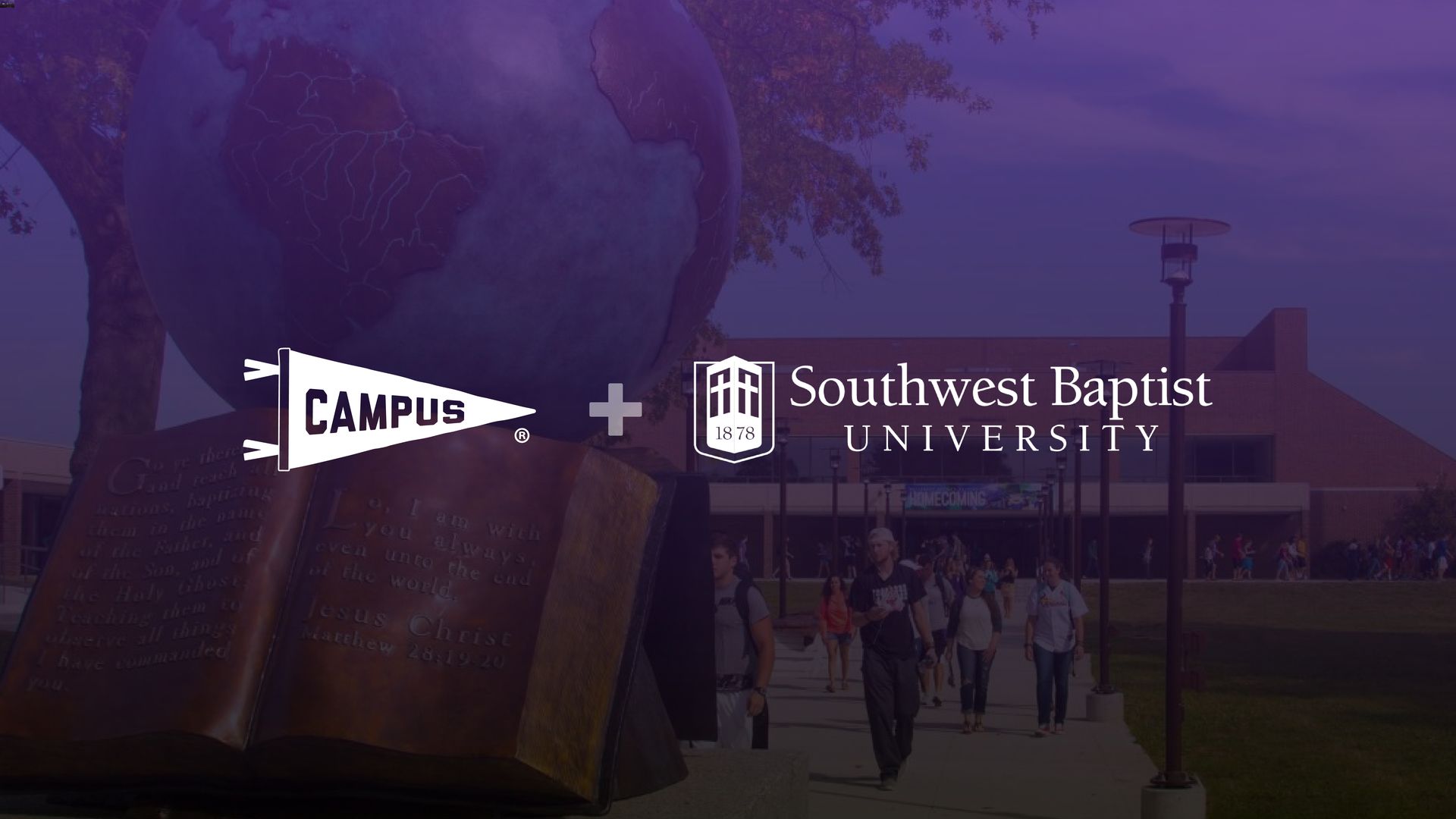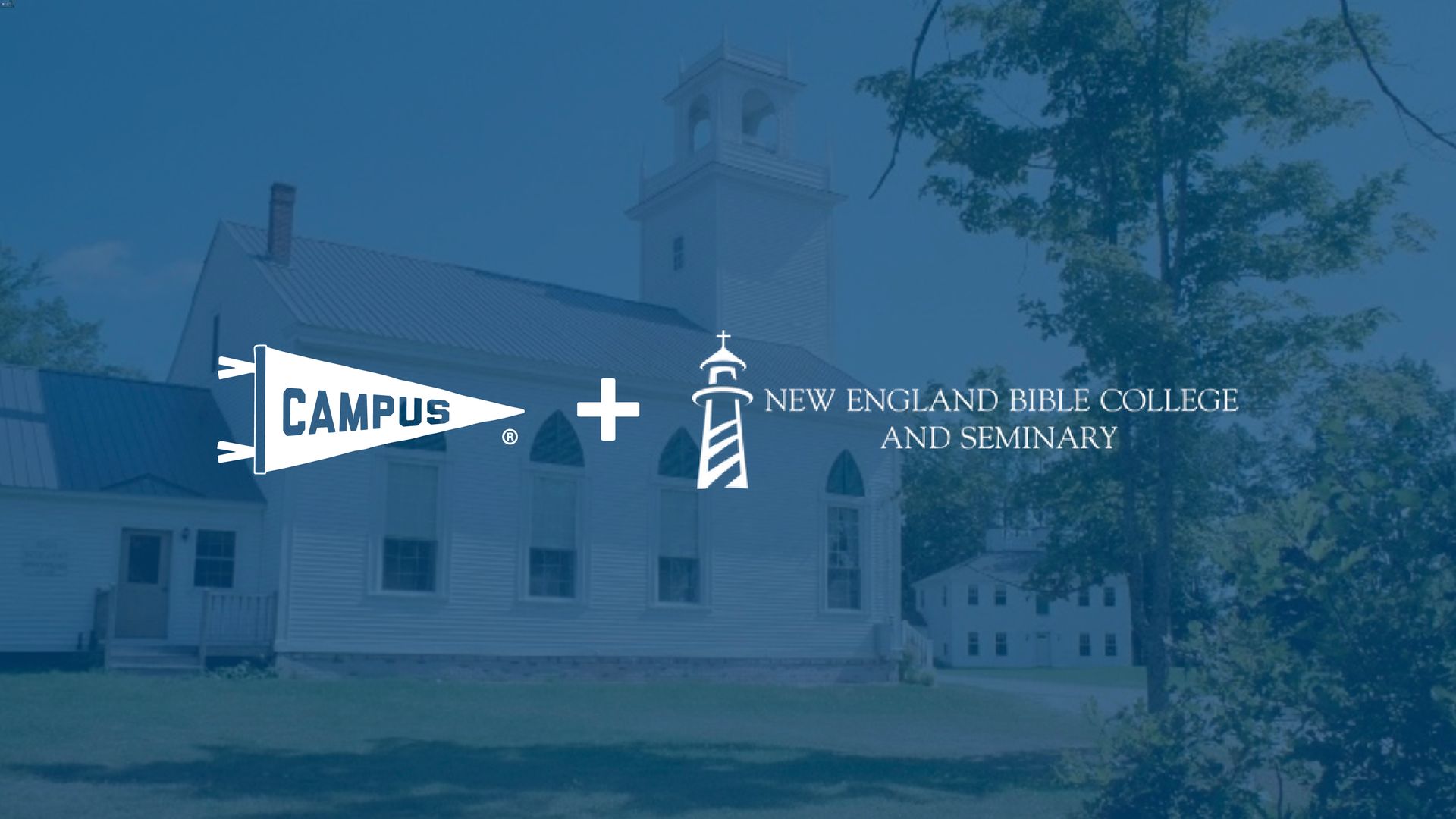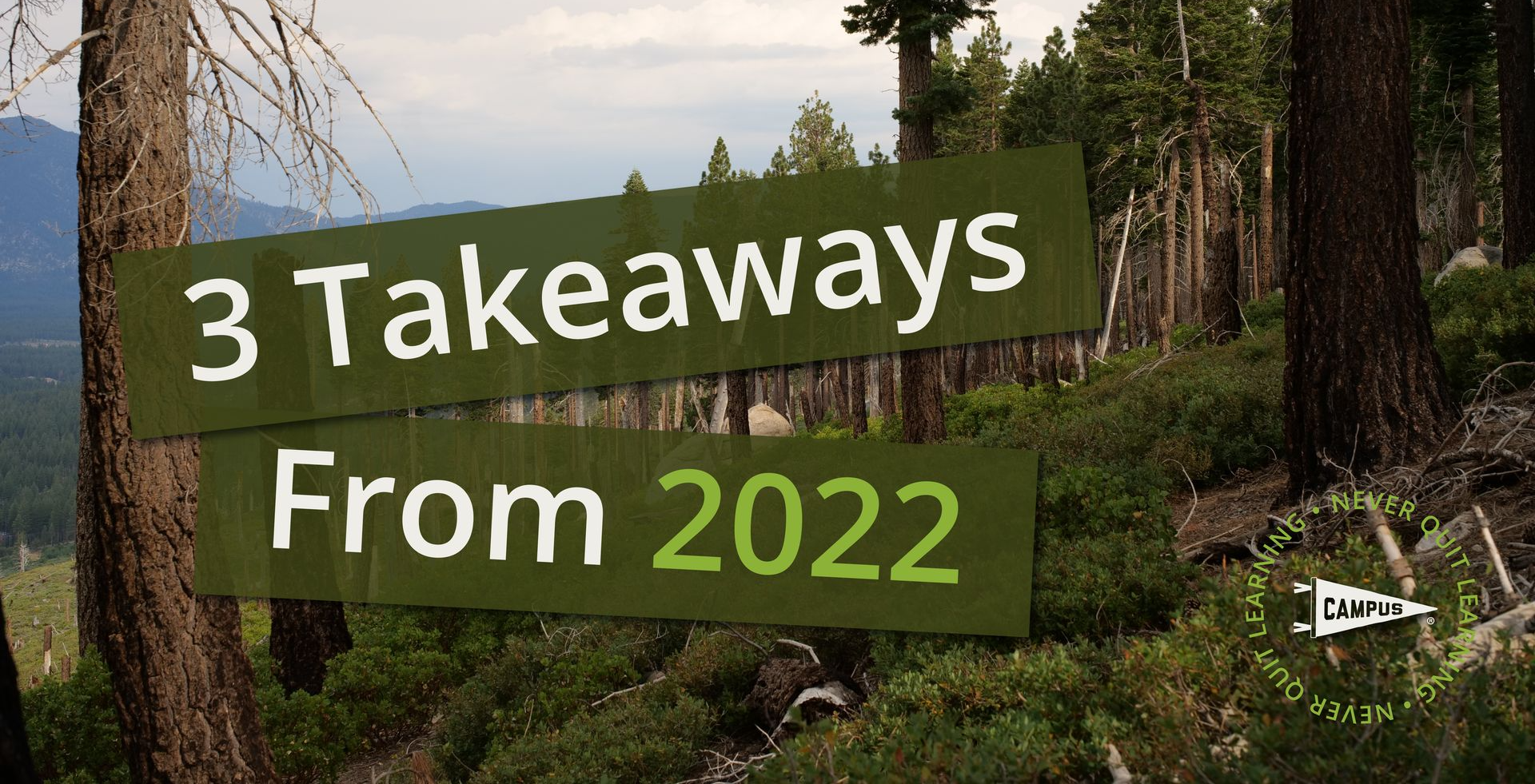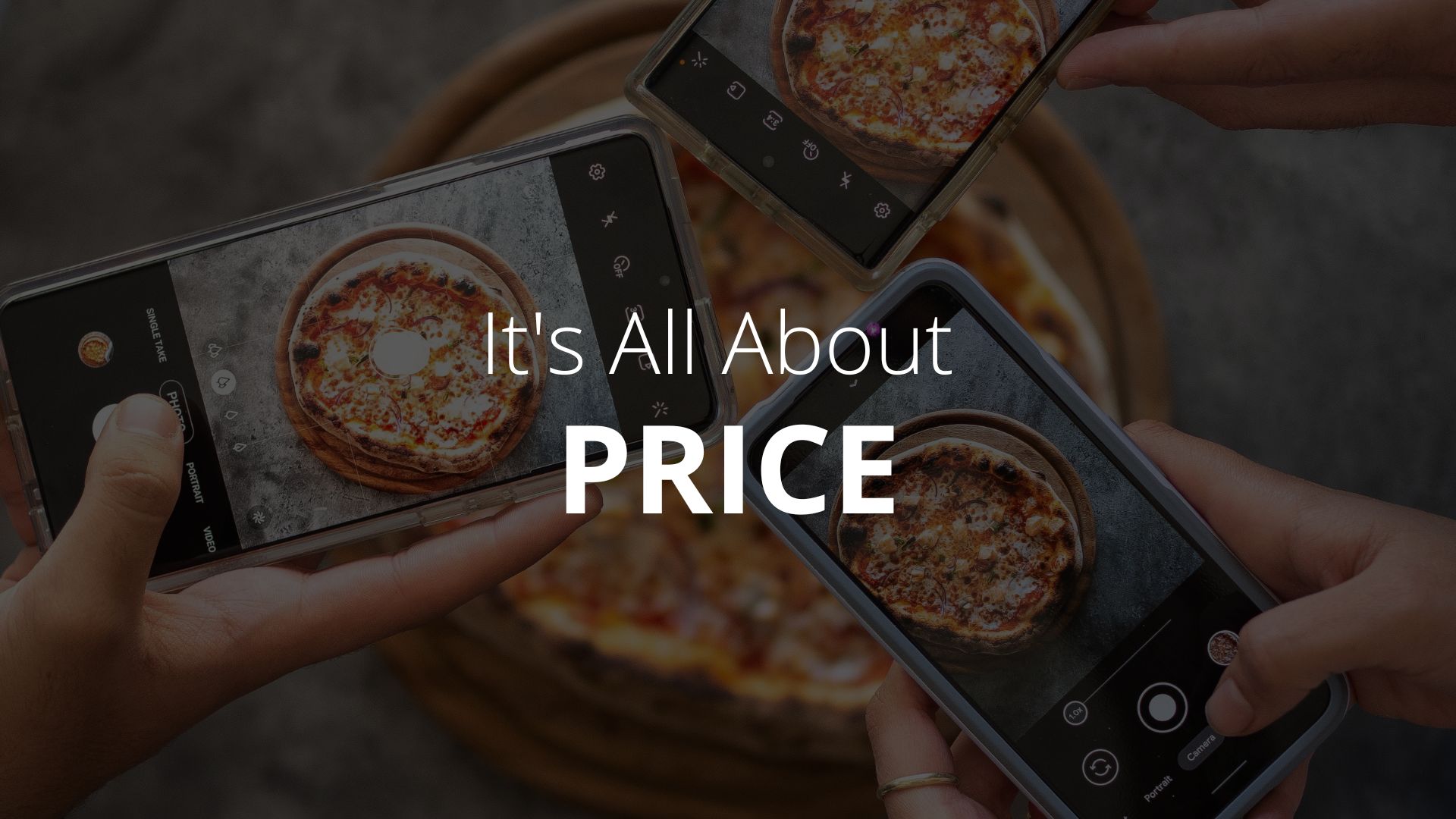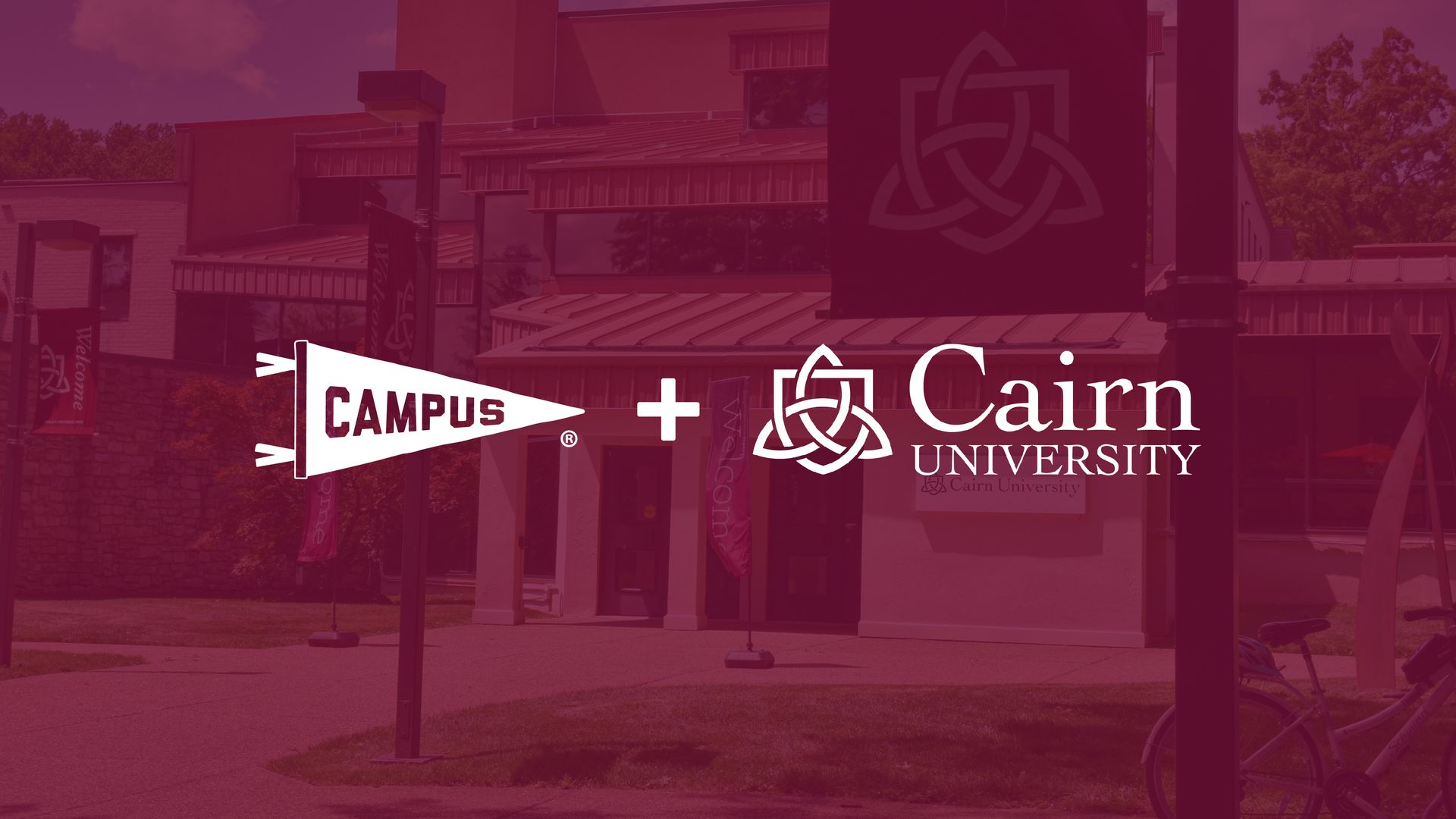Lessons From Belgium
Erin Crisp
June 13, 2022
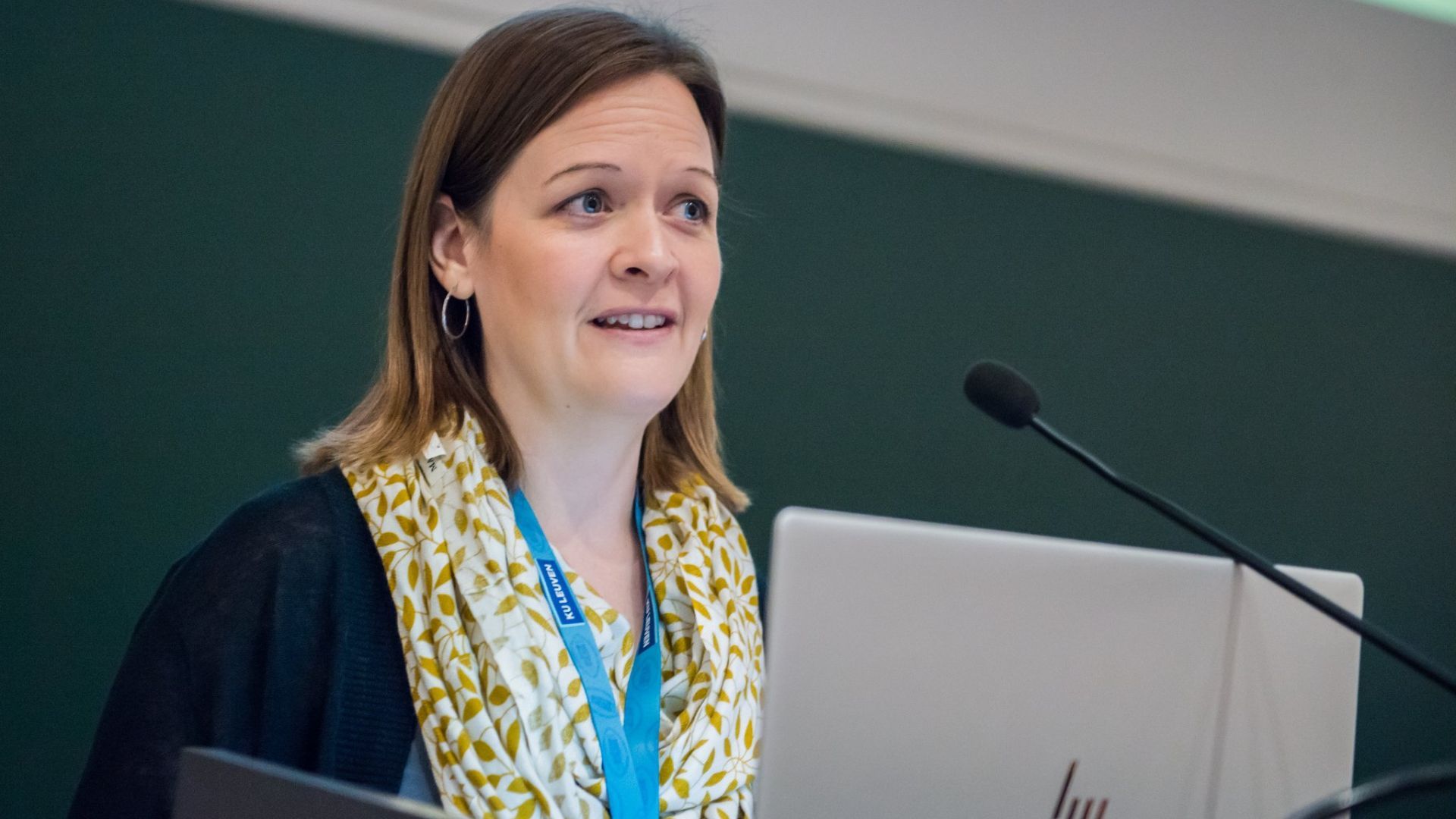
Lessons From Belgium
After two years of limited travel, an invitation to share at the Media and Learning conference in Leuven, Belgium was a refreshing opportunity. Hosted by the Media and Learning Association, each year, this conference convenes people from across Europe and the US. Participants work in a variety of roles, but most have either an academic or professional interest in the design, production, delivery, and evaluation of media for educational purposes.
It is this diverse cross-section of practitioners that made the event a delight to attend. Lessons learned include the following and so much more.
Lesson #1: Campus is not alone (and neither are you).
If you have been experimenting with ways to use video, animation software, gamification, or storytelling to enhance the design of instruction, you are not alone. Colleagues around the world are similarly engaged in work to understand and test content at the intersection of media and education. Many people are asking and answering questions about quality, effectiveness, appeal, and scale. I met film and television producers who have transitioned into educationally focused companies and traditional academics who have re-skilled in the field of media production so that they could more effectively produce content for today’s media-hungry learners.
Lesson #2: Cross-functional collaboration is not optional for quality.
Each year the Media and Learning Association presents the MEDEA award. Institutions submit entries, and those entries are rigorously judged on 1) pedagogical quality (double weight), 2) use of media, 3) degree of innovation, 4) aesthetic quality, and 5) usability and technical quality. As I viewed each of the finalists and listened to their respective creators present, it was clear that combining technical, pedagogical, and subject matter expertise was a winning formula. When any of these three elements was missing from the team, the resulting product was noticeably less effective.
Lesson #3: Competing for a smaller pool.
This might be an overgeneralization, but based on the dozen or so university people I talked with, it seems that European universities view their primary competition as one another as opposed to the workforce or “other.” This is a subtle difference, I realize, but I think it has implications.
In the US, we see policymakers set goals for more high school graduates to enroll in university. We worry about fewer students applying to college in favor of joining the workforce or seeking alternative credentials. The EU university leaders seem content with the conclusion that only a certain percentage of people will want a college degree. There is little motivation to increase that percentage. Instead, the focus is on being the university of choice for the pool of students who have the desire for an academic credential.
This is a topic worthy of more conversation, but it seems that the result of this subtle shift in mindset is that colleges are competing with one another, not with the workforce or non-academic training programs. This simplifies the target. In US universities, there is often tension among faculty when new initiatives seem to chip away at the core identity of the university. If the goal is to increase the percentage of the overall population served by colleges, colleges have to diversify and do non-traditional things. If the goal is to continue to serve the existing percentage and let other kinds of entities serve the others, the traditional identity can remain more intact while people work to innovate within the boundaries of that identity.
I left inspired by the many examples of innovation and problem-solving in service of today’s college students. People around the world are:
- Using student-created video to engage learners
- Producing professional quality documentaries for educational purposes
- Designing animated, branching scenarios to teach cause/effect in a variety of disciplines
- Creating video trailers to engage students from outside the university
- Engineering hy-flex classroom and online environments that facilitate modality choices with true equity between online and in-person experiences.
- Launching online courses that are shared and usable by anyone
- Creative re-use for physical spaces that are going unused, and
- Generously sharing their challenges and learning experiences with one another.
The Media & Learning Association has much to offer those of us who work at the intersection of media and education or instructional design. Anyone can sign up for their newsletter, and if you ever have the opportunity, I highly recommend the annual conference at KU Leuven in Belgium.
The Campus Blog
